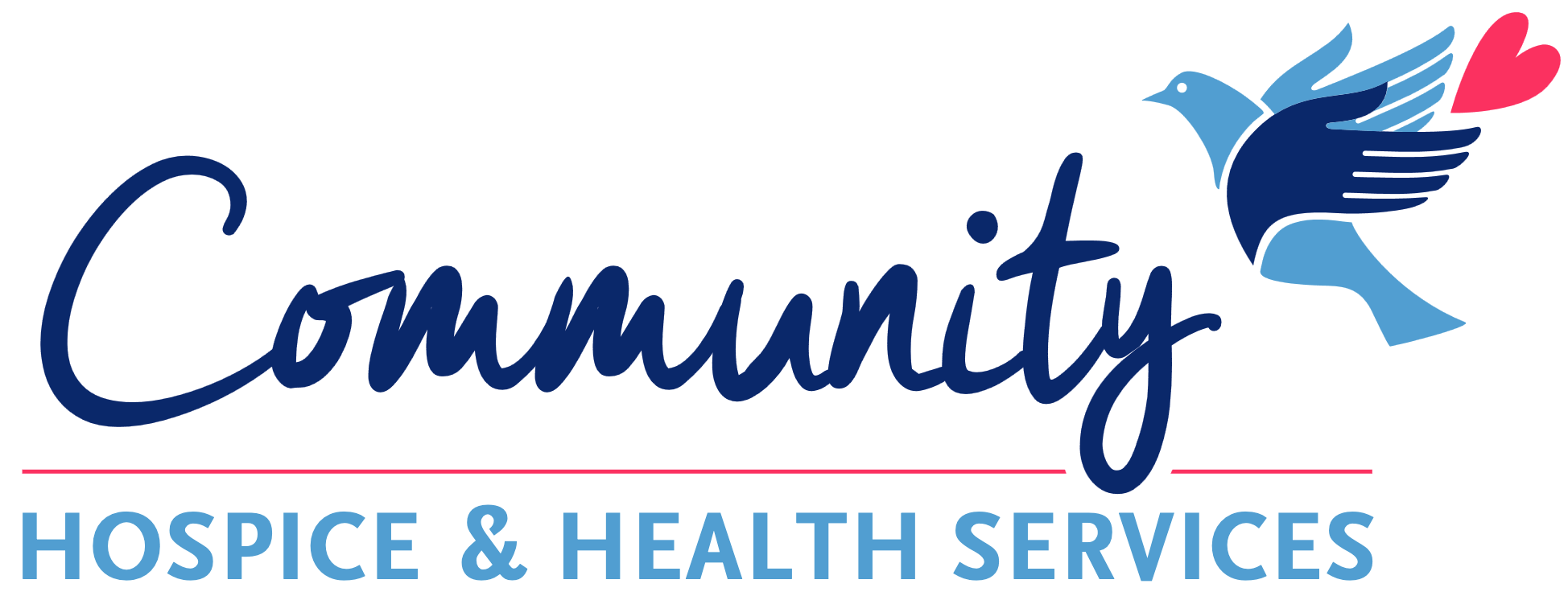
For Providers
CHHS helps healthcare providers achieve improved outcomes for patients facing serious or life-limiting illnesses. Our approach to care offers patients, caregivers and families the opportunities to have their needs met at a variety of levels.
In collaboration with our healthcare partners, our patient care teams provide personalized care to meet individual needs and assure peace of mind. As a community healthcare partner, we value your referrals.
Patients are admitted 7 days a week, 24 hours a day. To start a Palliative Care or Hospice referral, please fax the patient’s demographics and medical records to 209.541.3292 and complete the form below.
To speak directly with a care representative, call 209.578.6340.
“Just wanted to let you all know how appreciative we are of all the support you have given our team and most importantly, our resident.”
– A grateful community facility partner

